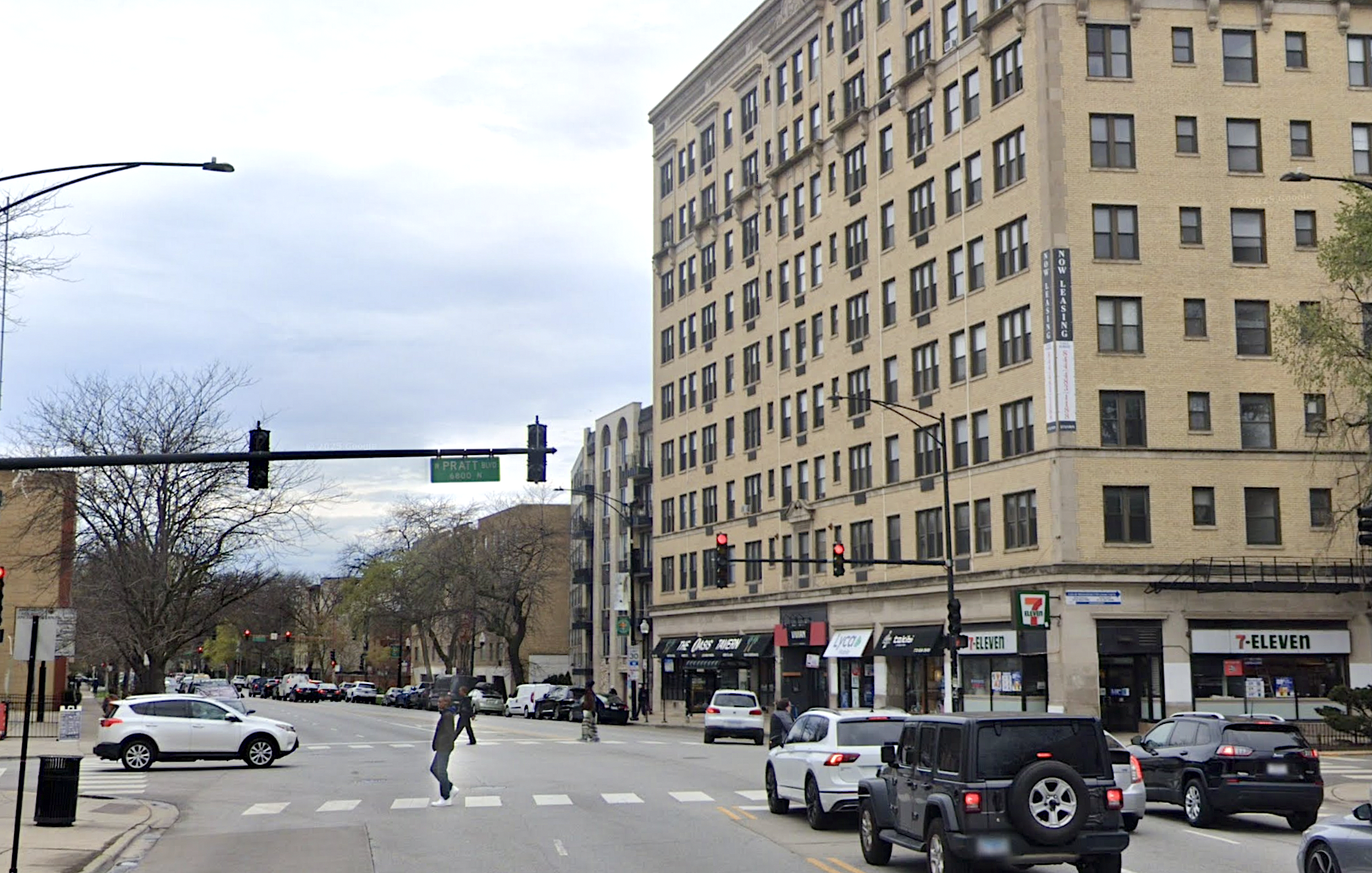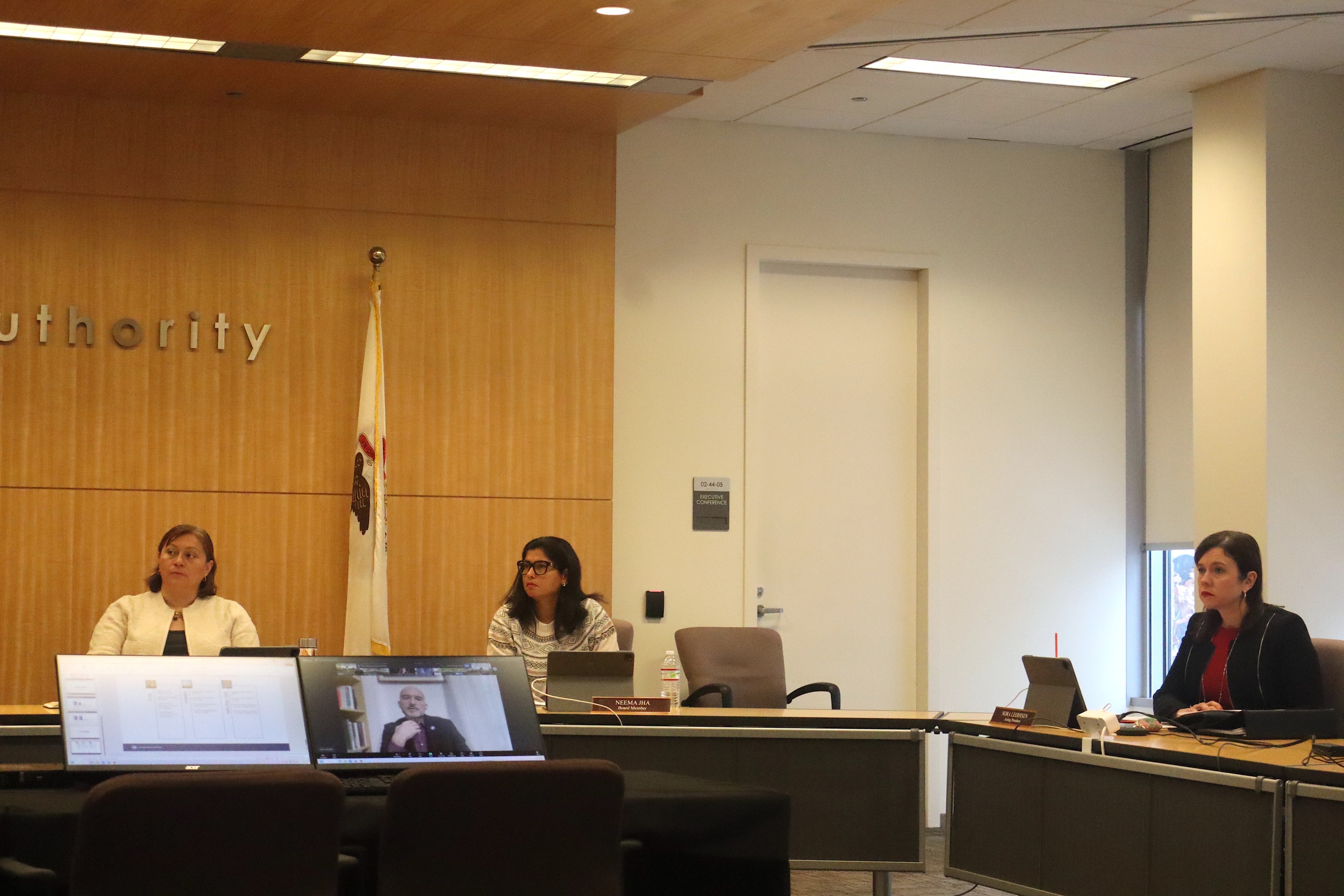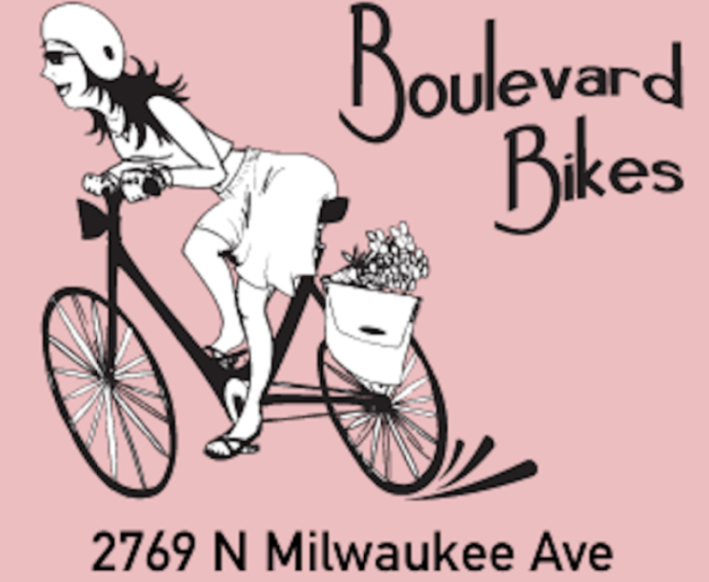
A new report by the Shared-Use Mobility Center evaluated the Chicago Department of Transportation's Bike Chicago program. The initiative began in 2022 with the goal of distributing 5,000 bicycles to age- and income eligible residents by 2026, with the goal of creating a safer, more equitable, and more environmentally-friendly city. The study found the program has had some success in these areas, although there's still room for improvement.
The report was developed by Peter Lauer and Hani Shamat with research and editorial support from Colin Murphy, Alex Rosander, and Nate Seeskin. It used CDOT data, and was funded by the John D. and Catherine T. MacArthur Foundation.
"I wanted to thank your organization for providing me with that bike last August," one of the participants told CDOT, according to the report. "You don't know how much it has changed my life in showing me that at any age, you can learn something new. I didn't know how to ride a bike. My 7-year-old knew and learned when she was 4. Getting that bike allowed me to learn, and now I can bike with her. Lack of time kept me from taking advantage of the free lessons you provided, but I just practiced by myself and realized that I could do it. Now, my daughter and I ride together by the lake."
Here is the list of qualifiers for the program, as stated in the report (their words):
• Age 14 or older
• Household income at or below the Area Median Income for Chicago (about $110,000 for a family of four in 2023)
• Must not already own a bicycle
• Must face higher mobility hardship as defined in the City's Mobility and Economic Hardship (MOBEC) index OR have previously participated in a City-supported mobility program, like Greencorps or Learn to Ride
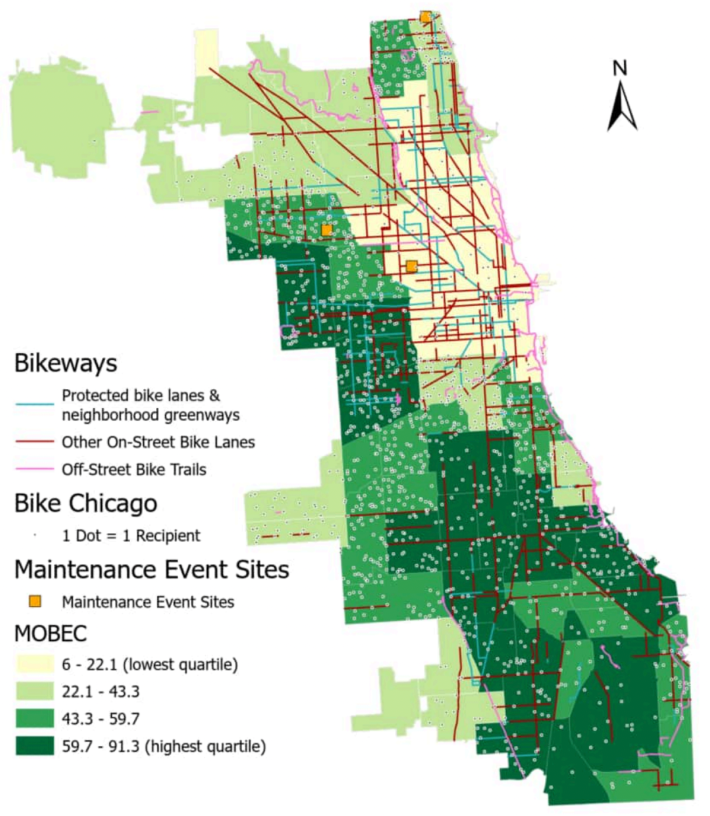
Once a person is deemed eligible and selected in a lottery, CDOT then schedules a virtual meeting on biking safety, after which the applicant is invited to pick up their bike. The applications for the program opened in July 2022, and over 19,000 people signed up. At the time of the report's release, there have been a total of 1,889 bike recipients during the first two years of the program. That just leaves 3,100 people to reach their distribution goal, with two years to go.
"The success of the Bike Chicago program is a testament to the power of community-focused initiatives," said Ted Villaire, communications director at the Active Transportation Alliance. "The achievements of the program underscore the importance of continuing to invest in bike access and infrastructure. We are excited to see this program expand, fostering healthier, more connected communities in Chicago and beyond."
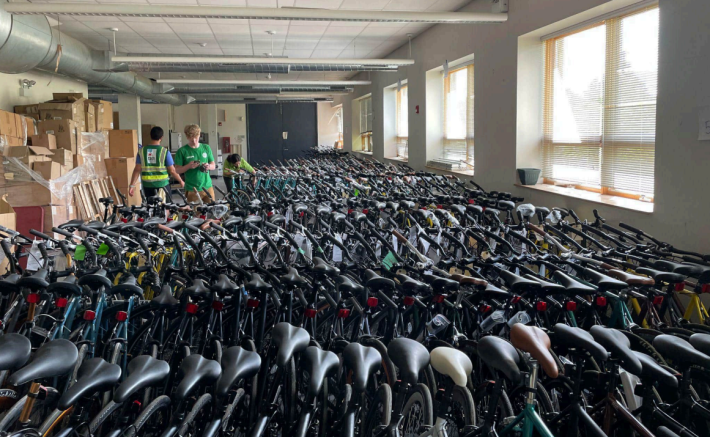
SUMC's findings are that the participants were pleased with the program as a whole, with few to no critiques. The report says that nearly two in five recipients ride their bikes three or more times per week, while three out of five drive less than they did before the program. Many people mentioned that they found the information program prior to receiving the bike helpful. The most common concern people voiced about the experience was difficulty feeling safe biking on Chicago streets, which they said was the main barrier to them cycling more.
The report recommended that the City of Chicago continue to support initiatives like Bike Chicago. "By providing individuals with access to bikes, the program plays a vital role in encouraging active transportation and reducing reliance on cars, thus contributing to improved air quality, reduced congestion, and enhanced public health," the study said. "The overwhelmingly positive feedback from program participants underscores the importance of initiatives that promote cycling as a viable and enjoyable transportation option."
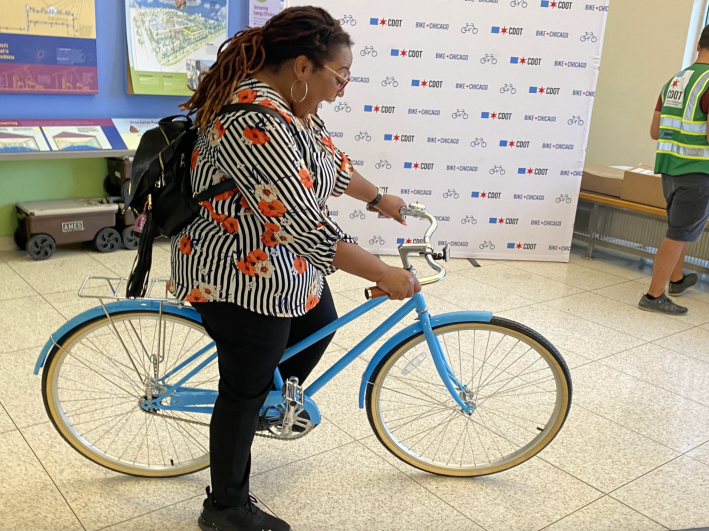
One community area that was held up in the report as an example of community-oriented bike outreach paying off is majority-Latin Belmont Cragin. The neighborhood had the highest number of applicants of any community area, and the third most recipients through 2023. The area has 17.5 miles of bikeways, thanks in part to the Neighborhood Bike Network program. Beginning in 2021, that initiative has increased opportunities for community input on placing bike infrastructure in underserved neighborhoods.
"That strategy of really thinking about biking in terms of a network, breaking down ward boundaries, breaking down other types of barriers, is really the secret and the key to moving this forward," said CDOT Complete Streets Director David Smith during a Chicago Mobility Collaborative meeting last fall.
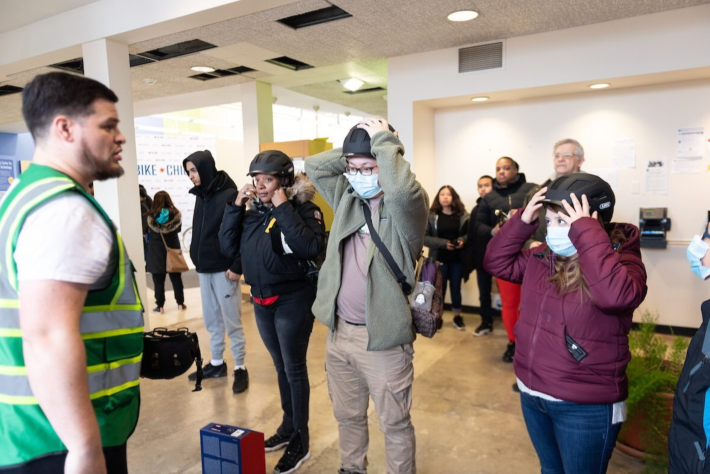
Another thing the report recommends is expanding community bike shop involvement. This could expand the program's reach and provide additional support services, such the stores serving as distribution centers.
"The more people who have bicycles or devices, the more they're going to be able to use them," said Jose Manuel Almanza, director of advocacy and movement building at Equiticty. "And oftentimes, cost is a barrier to getting a regular bicycle or an e-bike. So the fact that Equiticity has a stipend for mobility devices, and the City of Chicago does as well, all that's great, because we're going to get more people in the street. With more people in the street, we'll create more advocates for better infrastructure. Because now they're on the road, they're seeing the improvements that the City is doing, but they're also seeing the where there's areas [for] improvement. So now that they're out there riding their bike, they notice these things. So now they're going to become advocates and bring more infrastructure resources to our neighborhoods."
Read the Bike Chicago Evaluation Report here.

Did you appreciate this post? Please consider making a tax-deductible donation, to help keep Streetsblog Chicago's sustainable transportation news and advocacy articles paywall-free.

